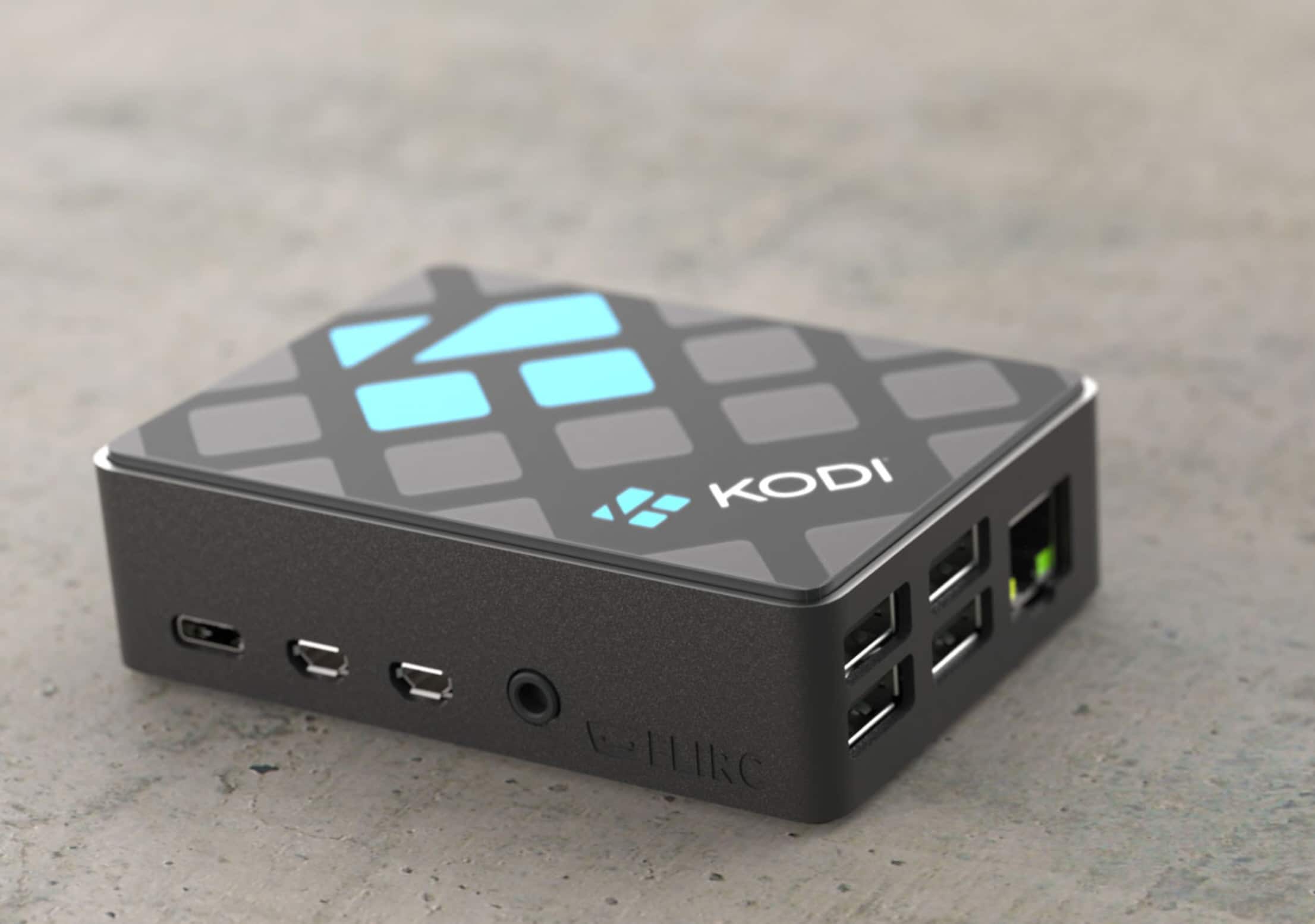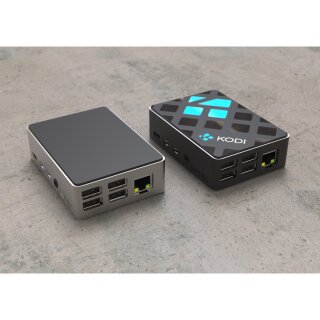

To be able to use the camera, I provided a thin slot on the end of the cover.Air that flows into that cavity then flows around the coil and into the rest of the case to be sucked out by the blower. The boost converter is actively cooled by a small bypass hole, directly inline with the chip that heats up.Air that is sucked out of the case by the blower is replaced by air that is ducted through the heatsink to optimize convection.Keeping these openings very small is important to force airflow through the heatsink. I made all connectors flush with the outside of this case, with very close clearances and a bevel to accommodate the flared edges of the connectors. Many cases recess the connectors too much for some cables.

The boost converter is connected to the Pi's power lines for supply voltage.

However, I wanted to run a 12V blower faster than 5V would drive it, so I chose an MT3608 boost converter (Amazon product ID: B07RNBJK5F) to raise the voltage to the blower. I'm using a heatsink with a huge surface area, so it doesn't need a tremendous amount of airflow. Underdriving a fan or blower is a common way to reduce noise.Fully enclosing the blower inside the case helps block some of that noise. The second loudest source of noise from one of these blowers is the backside, where the motor is mounted.The primary source of noise for a blower is the intake, so I wanted the intake fully inside the case, that meant it's going to be used as an extractor.Squirrel-cage blowers can be much quieter than fans and handle pressure differentials (from restrictions) far better, so I used a 4010 blower.Duct air in one side and out the opposite to maximize the likelihood of pulling fresh air.Duct the airflow through the heatsink, don't leave proper airflow to chance.I provide an easy to print alignment tool to ensure the heatsink is properly positioned for the cover to fit. Use a large heatsink so minimal airflow is required.I ordered some 28mm x 28mm x 20m heatsinks and designed this around them. I wanted a very quiet Raspberry Pi 4B case for playing around with it as a desktop, but knew it needed active cooling. Model originally uploaded to Thingiverse at.


 0 kommentar(er)
0 kommentar(er)
